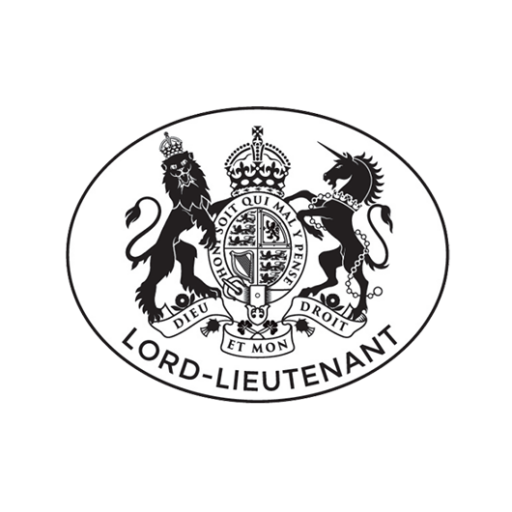Visits by The Lord-Lieutenant or one of his Deputies
Protocol
The correct form of address for the Lord-Lieutenant
Written: Robert Voss Esq CBE, His Majesty’s Lord-Lieutenant of Hertfordshire
Salutation: Dear Lord-Lieutenant or Dear Mr Voss
In a Speech: In the preamble, the Lord Lieutenant should be referred to as ‘Lord-Lieutenant’. A speech might begin ‘My Lord-Lieutenant, Ladies and Gentlemen…’
Conversation: Mr Voss should initially be addressed as ‘Lord-Lieutenant’ and thereafter may be addresses as Mr Voss.
If the Lord-Lieutenant is represented by the Vice Lord-Lieutenant or a Deputy, the above etiquette should be adapted accordingly i.e. ‘Dear Vice Lord-Lieutenant’, Dear Deputy Lieutenant’. A speech might begin ‘Vice Lord-Lieutenant, Ladies and Gentlemen…’ or ‘Deputy Lieutenant…’
Arrival of the Lord-Lieutenant
The Lord-Lieutenant will always aim to arrive at the time scheduled, which should be slightly later than for other invited guests. It is usual for him to be received at the entrance of the venue by the host (the senior person present) and escorted by the host or another designated person until such time as he leaves the venue.
Lord-Lieutenant’s Car
A parking space should be reserved for the Lord-Lieutenant’s car as near as possible to the point where he will be received.
Press Releases
Please feel free to notify the local Press that the Lord-Lieutenant will be attending your function. However, there is no guarantee that the event will receive press coverage.
Award Ceremonies
Where the Lord-Lieutenant is invited to present an Award in a formal capacity, he does so on behalf of Her Majesty and the Royal Prerogative applies, thereby, the Lord-Lieutenant (or his/her Representative) takes precedence over all other guests. If people are seated, it is usual for the host to arrange for the Lord-Lieutenant to be announced upon entering the venue, so that those present may stand to acknowledge his status. The person making the announcement should do so by saying: ‘Ladies and gentlemen, please stand to receive the Lord-Lieutenant’.
At the End of an Event
Though no guest should leave a function before the Lord-Lieutenant, he is very relaxed and fully understands that busy people may have other commitments which necessitate their early departure. It is usual for the Lord-Lieutenant to be escorted from the function room with guests once again being invited to rise to acknowledge the Lord-Lieutenant’s status.
Formal Functions
The Lord-Lieutenant or his/her representative (as the principal guest) is placed on the host’s right. The principal guest’s spouse is usually placed on the host’s left, the host’s spouse being placed on the right of the principal guest. If spouses are not present the second most important guest is placed on the host’s left.
Toasts and Speeches
If you wish the Lord-Lieutenant to propose or respond to a Toast, or make a speech, prior notice should be given. Please provide, in writing, relevant details of any points you would wish him to make, with other requested information.
Church services and seating
At funerals, the Lord-Lieutenant or his representative (unless attending in a personal capacity) always enters the church last (two minutes before the start of the service and before the coffin) and always leaves straight after the family. For other church services, the Lord-Lieutenant or his representative enters last and leaves first. The usual arrangement is for the Lord-Lieutenant to be seated at the front of the nave on the south side. For funerals, if the family is on the south side, the Lord-Lieutenant sits on the north side at the front and on the aisle edge.
Seating in general
At other functions, the Lord-Lieutenant should be seated in the same place as you would seat a member of the Royal Family – as the principal guest.
Issues relating to protocol and precedence can be clarified in consultation with the Lord-Lieutenant’s office which will usually send a “Protocol Sheet” prior to any visit.

